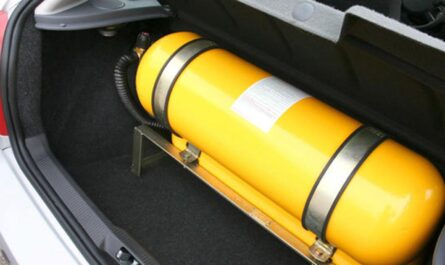Introduction to Transmission Gears
A key component that allows a vehicle to move is its transmission system. The transmission utilizes a variety of gears to transfer power from the engine to the wheels. At the heart of the transmission are transmission gears that work together to change the rotational speed and torque delivered from the engine.
Types of Transmission Gears
There are a few main types of gears used within an automotive transmission:
Planetary Gears
Planetary gears occupy a central location in Automatic Transmission Gears. They use sun gears, planet gears, and ring gears in an ingenious gear arrangement that allows different gear ratios. By locking or unlocking different elements, planetary gears facilitate smooth shifting between forward and reverse.
Spur Gears
Spur gears are the most common type of gear used in manual transmissions. They feature straight teeth that mesh together like interlocking gears on a gear mechanism toy. Spur gears facilitate forward and reverse motion through selective gear pairing in the transmission.
Helical Gears
While spur gears can be noisy during operation, helical gears feature slanted teeth that make for a quieter meshing action. Many newer transmissions use helical gears for their quiet operation. They too allow different gear ratios through selective tooth engagement.
Double-Helical Gears
An advancement over standard helical gears, double-helical gears have teeth cut at two different helical angles. This unique configuration helps cancel out transverse thrust loads, reducing gear rattling and wear.
How Transmission Gears Work
Gears allow the transmission to precisely control the rotational speed and torque delivered from the engine to suit driving conditions. Here’s a brief overview of how gears work within a transmission:
– The transmission’s input shaft is directly connected to the engine’s crankshaft via a flex plate or clutch. It rotates at the engine’s speed.
– A gear mounted on the input shaft meshes with another gear to lower the rotational speed through their gear ratio (larger gear’s teeth divided by smaller gear’s teeth).
– This geared-down rotation is delivered to the transmission’s output shaft, which spins at a slower rate than the input shaft.
– By selectively engaging different gear pairs via synchronizers and shafts, various gear ratios provide optimal speeds for acceleration, cruising, steep hills and more.
– Double or triple gearing allows significant speed reduction from the high-RPM engine to the wheels for efficient operation across a vehicle’s entire speed range.
Lubrication and Maintenance of Transmission Gears
Proper lubrication and regular maintenance is crucial for transmission gears to operate smoothly over many miles. Transmission fluid provides critical functions:
– Lubricates meshing gear surfaces to minimize friction and wear during operation.
– Transfers power from one gear to the next through viscous shear properties.
– Removes heat generated by gear sliding contact and reduces operating temperatures.
– Suspends contaminants without damage to precise gear surfaces.
Transmission fluid is designed to maintain these functions over severe operating conditions and long drain intervals. However, fluid breakdown and contaminant accumulation still occurs over time. Regular fluid and filter changes are needed along with checking for leaks to avoid transmission damage.
Advancements in Transmission Gear Technology
Transmission technology continues advancing to meet demands for fuel efficiency, performance and drivability. Some modern developments include:
– Hardened, precision-cut gear materials like carburized steel for high load capacity and minimal wear.
– Thermally sprayed or rolled-on coatings like nitride enhance surface hardness and durability.
– Finer tooth cuts and closer tolerances improve shifting smoothness.
– Computer-controlled transmissions optimize shift points for specific driving conditions.
– Dual-clutch transmissions facilitate ultra-fast shifts nearly imperceptible to the driver.
– CVTs (continuously variable transmissions) provide an infinite range of gear ratios for max efficiency.
– Automatic and automated manual transmissions handle gear changes electronically.
As powertrains evolve further, transmission components like gears will be engineered for higher strength, greater efficiencies and improved driving engagement. The heart of smooth vehicular motion will continue to be innovative transmission gear design.
*Note:
1. Source: Coherent Market Insights, Public sources, Desk research
2. We have leveraged AI tools to mine information and compile it




